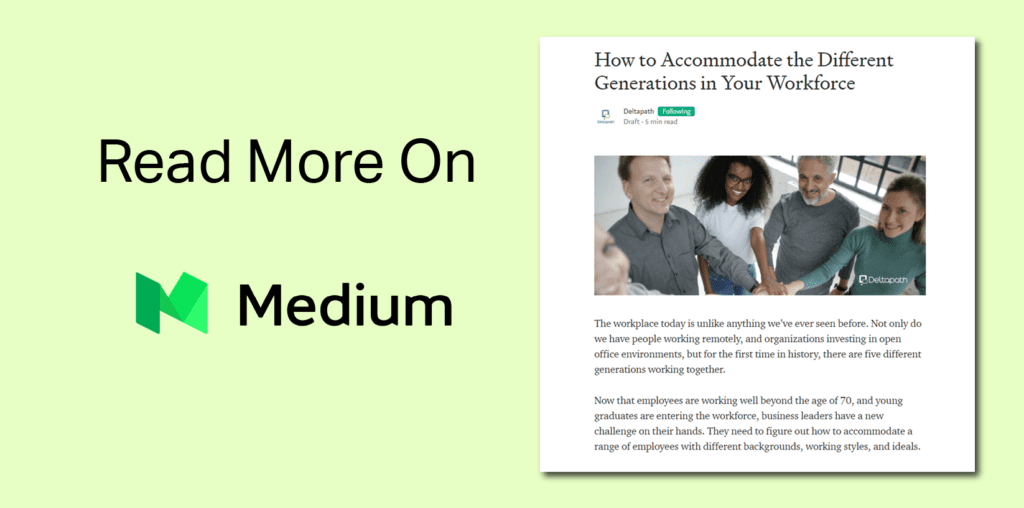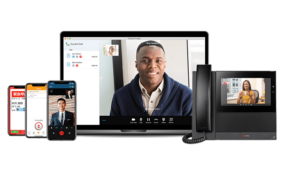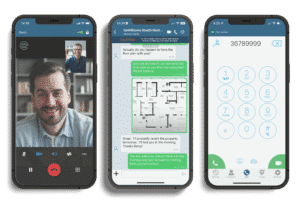
The workplace today is unlike anything we’ve ever seen before. Not only do we have people working remotely, and organizations investing in open office environments, but for the first time in history, there are five different generations working together.
Now that employees are working well beyond the age of 70, and young graduates are entering the workforce, business leaders have a new challenge on their hands. They need to figure out how to accommodate a range of employees with different backgrounds, working styles, and ideals.
So, what’s the first thing any business needs to do to manage a multi-generational workforce?
It all starts with figuring out who you have on your team.
Identifying the 5 Generations
It’s crucial for HR teams and business leaders to understand the different demographics in an organization. In fact, over half of all HR leaders are starting to hire People Scientists to improve their understanding of the modern workforce.
Unfortunately, identifying different generations isn’t always as simple as it seems.
Companies need to walk the line between learning from recent studies and statistics and making assumptions based on stereotypes. For instance, Baby Boomers aren’t necessarily afraid of the cloud and new technology. Millennials don’t necessarily demand regular feedback every day to keep their work on track.
While there are some common characteristics that appear more often with specific generations, remember that you’ll also need to do your own research to get to know the individual people on your team better.
Here are a few details to get you started.
Traditionalists / The Silent Generation (Born between 1922 and 1945)
There were about 50 million Traditionalists born in the US.
While this generation is currently the oldest in the workforce, they’re still an excellent addition to any team, offering loyalty and perfectionism to their career. While many traditionalists are moving towards retirement, some still hang around in the workplace, providing insights into what true commitment and discipline look like.
Though some of these employees may be stuck in their ways, they’re also highly loyal and engaged individuals, ready to go above and beyond for their team.
Baby Boomers (Born between 1946 and 1964)
It’s not so long ago that Baby Boomers owned the workplace. Until the arrival of the Millennials, they were the largest generation in history, creating new competition in the workplace as women began to demand equality, and companies invested more in diversity.
Many Baby Boomers are still heavily invested in the workforce. They’re optimistic, focused, and competitive people who are often happy to postpone their retirement in favor of pursuing other ambitions. Many stereotypes say that the word “workaholic” was coined for the Baby Boomer age.
According to some studies, because Baby Boomers didn’t have as much technology available to them as we do today, they can sometimes be inflexible when it comes to new practices.
Generation X (Born between 1965 and 1980)
Generation X is one of the smaller generations in the workplace today. Many Gen Xers were overshadowed by the Baby Boomers that came before them for many years. However, because of this, they learned how to be very independent and innovative in their work.
It’s Generation X that became the most entrepreneurial generation of all, creating the evolution of Silicon Valley and introducing the world to new opportunities with technology. Sandwiched somewhere between the ambitious Baby Boomer generation, and the forward-thinking millennials, Generation X helped to build much of the world we live in today.
These employees are self-sufficient, pioneers of technology, and only occasionally skeptical of new practices.
Millennials / Generation Y (Born between 1981 and 1997)
Currently the biggest generation in the world, millennials are often criticized for acting entitled or constantly demanding feedback for their work. However, the truth is that millennial employees are incredible additions to any team. Not only are they independent and self-expressive when they need to be, but they can also be group oriented too.
Millennials were the original digital natives, growing up with the internet, and various crucial new tools. This has had a major impact on the way that millennials work. Many millennials are tech-dependent and committed to building more productive experiences through things like video conferencing or collaboration tools.
Millennials have paved the way for the new workplace that we’re experiencing today, complete with remote working, cloud-based communication, and more.
Generation Z (Born from 1998)
Finally, Gen Z is the most recent generation, and the group we’re still learning about. According to many studies, Generation Z is technologically advanced, diverse, and ambitious. One study found that 61% of Gen Z high school students say that they want to be an entrepreneur when they’re older.
As the most varied generation in history, Generation Z will also demand more inclusive communities in the workplace, and policies that allow for better acceptance. These children also came of age during the global recession, which means that they may have gained some of the frugal characteristics of their parents and traditionalist ancestors.
Don’t Get Too Stuck on Stereotypes
It’s easy to get stuck on the stereotypes when identifying the generations in your workforce.
However, it’s important to remember that studies and statistics can only look at a small subsection of any generation.
For instance, one study shows that the most challenging generations to manage are Millennials and Baby Boomers. However, you might find that these two groups are the most independent and easily-organized in your company.
If you want to make sure that you’re getting the most out of every generation in your team, the best thing you can do is avoid playing up the stereotypes. Don’t assume that older generations are always going to be inflexible and afraid of technology. Additionally, there’s no reason why all millennials would necessarily be job-hopping kids attached to a smartphone.
To move beyond the labels, use regular pulse surveys and feedback to determine what your employees are really like and what they need from you to become more productive. You might discover that everyone in your team would work better with an instant messaging tool, or that all of your employees are looking to simplify communication with a UC strategy.
The more you listen to your diverse employees in the multi-generation workforce, the more you’ll learn.


